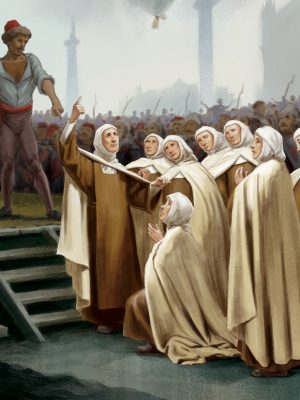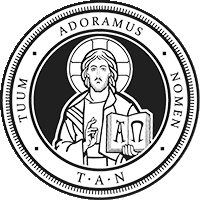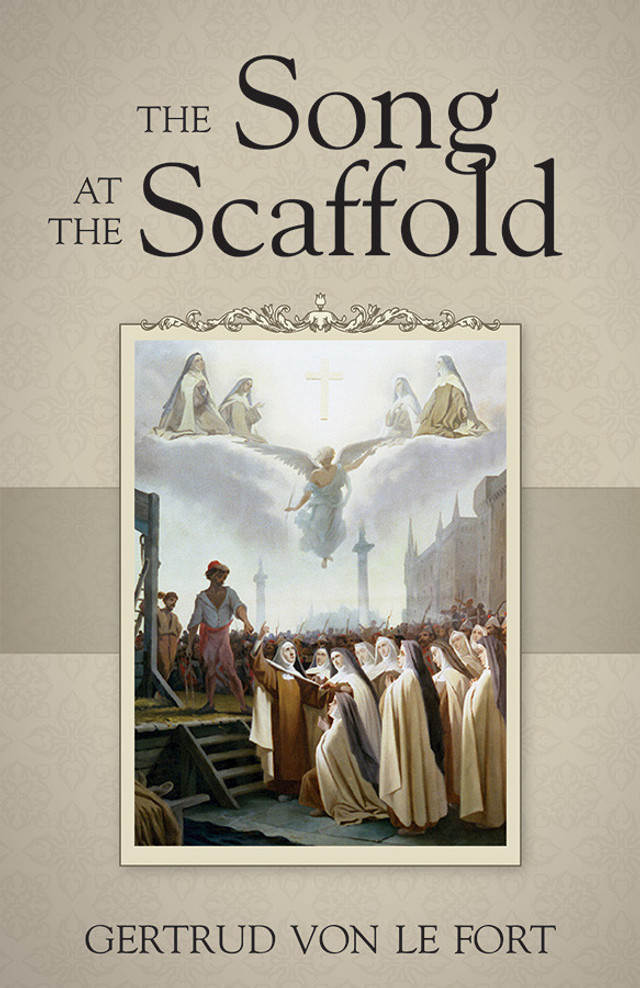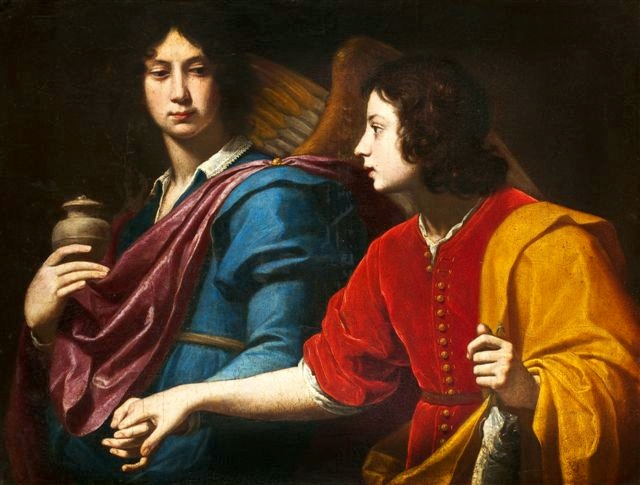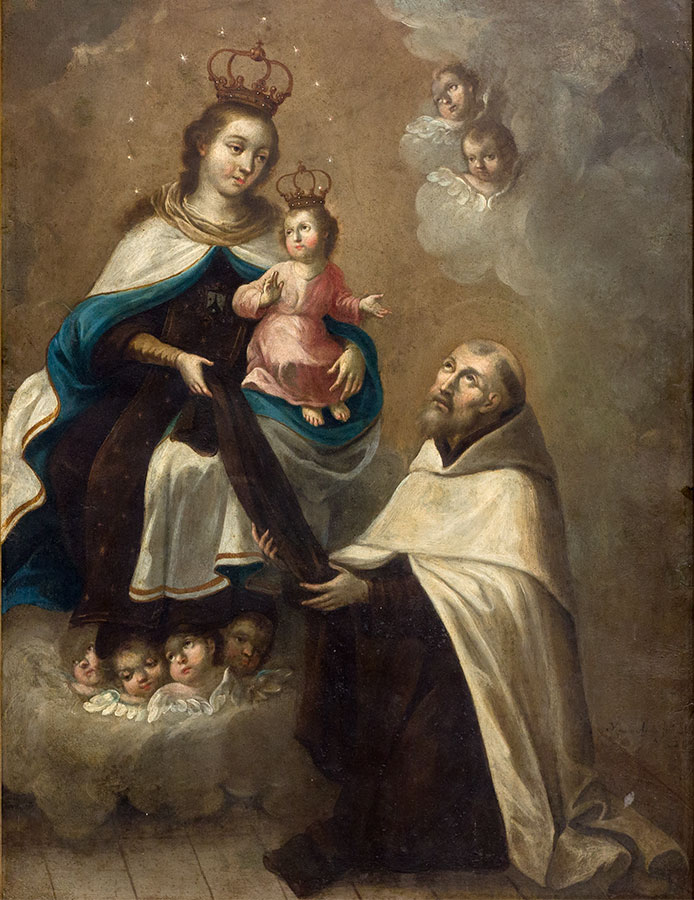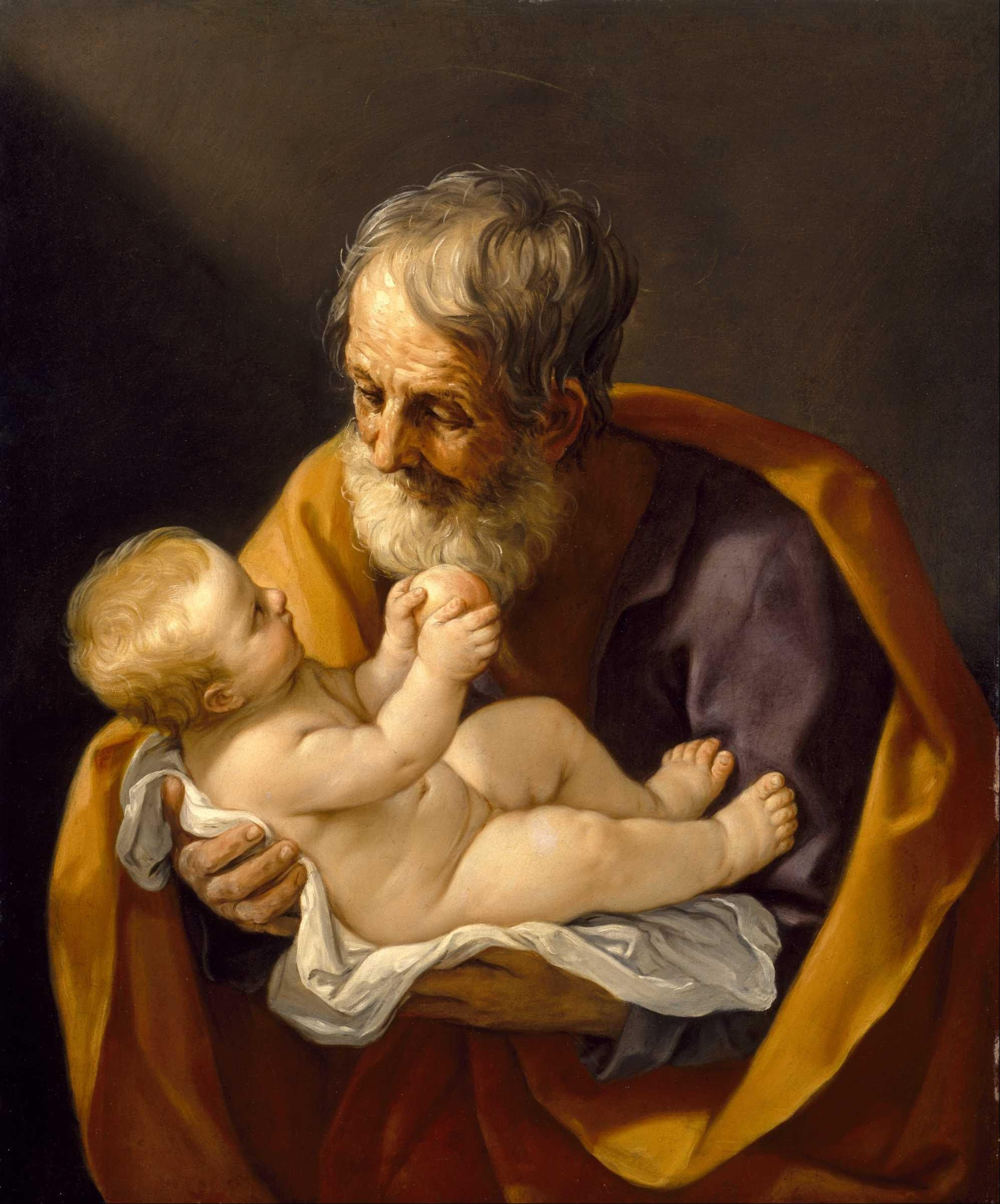Witness the martyrdom of the Carmelite sisters at the hands of the bloody French Revolution. At the foot of the guillotine, they do not weep, but sing the Veni Creator Spiritus as one voice.
The Carmelites were coming to Revolution Square, singing, just as Sister Marie had expected. Their psalms could be heard from afar and penetrated the screams of the populace with strange clarity. Or did the tumult subside as the victims came into sight?
I could clearly distinguish the last words of the Salve Regina—sung, you know, at the deathbed of a nun—and soon afterward the first line of the Veni Creator.
There was something light and lovely in their singing, something tender and yet strong and serene. Never would I have thought that such song could flow from the lips of those condemned to death. I had been deeply agitated, but when I heard this singing, I grew calm.
Creator Spiritus, Creator Spiritus—I seemed to hear these two words again and again. They cast anchor within me.
The song flowed on full and clear. To judge by the sound, the cart must have been moving very slowly. Probably the crowd blocked the way. I had the feeling that the nuns were still far from the square. For this singing transcended all sense of time; it transcended space, even bloody Revolution Square.
Creator Spiritus, Creator Spiritus! It effaced the guillotine. It effaced even chaos. All at once I had the sensation of standing among human beings again. And at the same moment it seemed as if someone were whispering in my ear: “France is not only drinking the blood of its children; it is spilling blood for them too, its purest and noblest blood.”
I was startled—Revolution Square was deathly still. Even at the execution of the King there had not been such utter silence. The song seemed fainter too. Probably the cart had gone on; perhaps it had already reached its goal. My heart began to pound. I was suddenly aware that a very high voice was lacking in the chorus—a moment later, another. . . . I thought that the execution had not even begun and in reality it was almost over!
Now only two voices sustained the song. For a moment they hovered like a shining rainbow over Revolution Square.
Then one side was extinguished.
Only the other continued to glow . . . shimmering . . . fading—but quickly the song was taken up by another voice, thin, frail, and childlike. I had the impression that it was not coming from the height of the scaffold but from the thick of the crowd, just as if the people were making a response. Wondrous illusion!
At the same moment the dense lines heaved and broke. A gap opened right in front of me, just as on that September night. And I saw—exactly as on that night—Blanche de la Force in the seething mass of those dreadful women. Her small pinched face broke forth from its surroundings and cast them aside like a wrap. I recognized her every feature, and yet I did not recognize her face—it was absolutely fearless.
She was singing. In her small, weak, childlike voice she sang without a tremor, exulting as a bird! All alone across the great terrible square she sang the Veni Creator of her Carmelite Sisters to the very end:
Deo Patri sit gloria
Et Filio, qui a mortuis
Surrexit, ac Paraclito
In saeculorum saecula.
Distinctly I heard the profession of faith in the Holy Trinity. The Amen I did not hear—the furious women struck her down on the spot.
And now, my friend, the rainbow over Revolution Square had died away. And yet I had the feeling that the Revolution was over. As a matter of fact, the Reign of Terror collapsed ten days later.
ooo
This article is taken from a chapter in The Song at the Scaffold by Gertrud von le Fort which is available from TAN Books.


